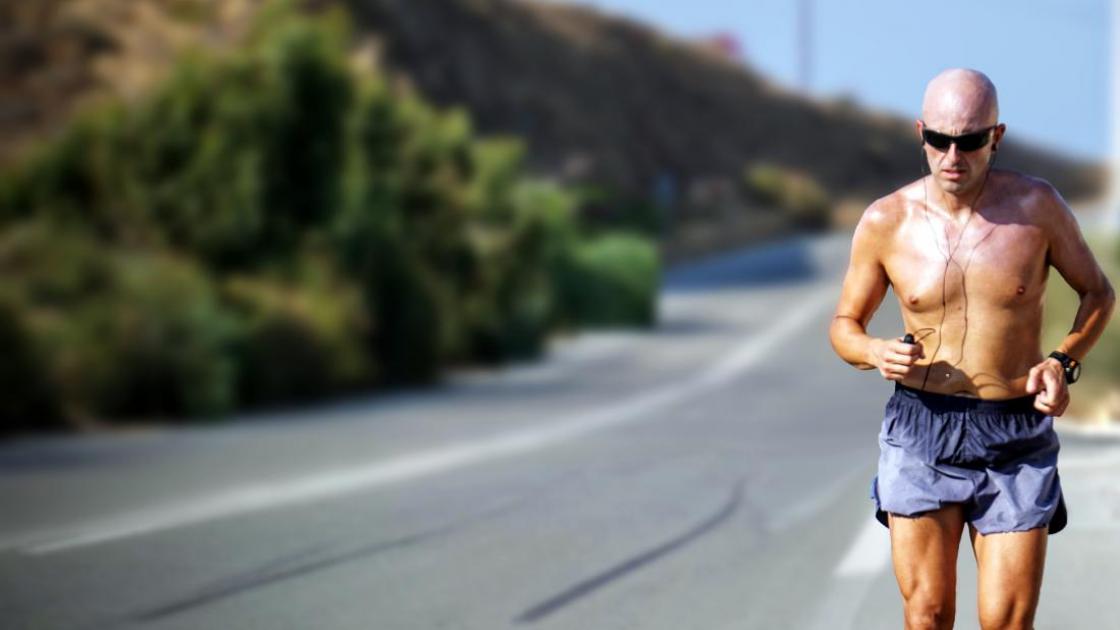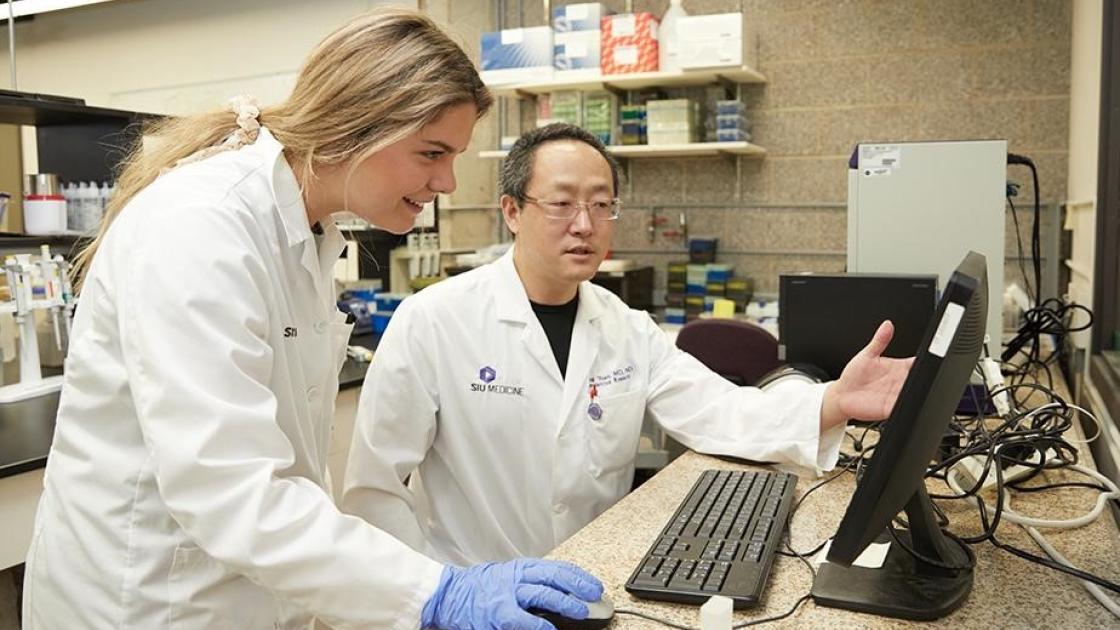
Is it heat stroke or heat exhaustion?
Whether you’re visiting the local waterpark, playing sports outdoors, working in your garden or resting in a car on a warm summer day, hot temperatures could spell a heat-related illness like heat exhaustion or heat stroke. While heat stroke and heat exhaustion both exist on a spectrum, the illnesses manifest themselves quite differently, and one could be fatal. Do you know the differences? We talked to Wendi El-Amin, MD, specialist in Family Medicine, to find out.
Heat exhaustion
The body is able to cool itself by sweating, but if sweating is unable to dissipate the heat generated within the body, heat exhaustion can occur. Often dehydration will also occur because the affected individual hasn’t replaced the water lost through sweating.
Symptoms include:
- Profuse sweating
- Weakness
- Nausea
- Vomiting
- Headache
- Lightheadedness
- Muscle cramps
How to treat it:
- Move to a cooler environment
- Rehydrate with water or a sports drink
- If you are unable to keep water down due to vomiting, intravenous fluids may be necessary
Heat stroke
Heat stroke is a form of hyperthermia, meaning the body temperature is dramatically elevated to 104 degrees F or higher. If not treated promptly or properly, it can lead to death.
Symptoms include:
- High body temperature
- No sweating with hot red or flushed, dry skin
- Rapid pulse
- Difficulty breathing
- Strange behavior
- Confusion
- Hallucinations and disorientation
- Agitation
- Seizure and/or coma
How to treat it:
- Always call 911 if heat stroke is suspected.
- Get the affected person to a shaded area, remove his/her clothing, apply cool water to the skin and place ice packs under the armpits and groin.
- If the person is able to drink, give them cool water or other cool beverages that do not contain caffeine or alcohol.
- Monitor his/her body temperature with a thermometer and continue cooling efforts until the body temp drops to 101-102 degrees F.
Prevent heat-related illnesses
“It is critical to stay hydrated during the summer months,” advises Dr. El-Amin. “Consider hydrating yourself before becoming physically active outside in the heat and replenishing yourself with water every 20 minutes.”
It’s also important to be aware of which populations are most susceptible to heat related illnesses. “Our most vulnerable populations affected by heat stroke and heat exhaustion are children below the age of 4 and adults older than 65,” Dr. El-Amin says.
According to Dr. El-Amin, people should also be aware of certain medications, such as those for high blood pressure, that place people at a higher risk for heat stroke and heat exhaustion.



